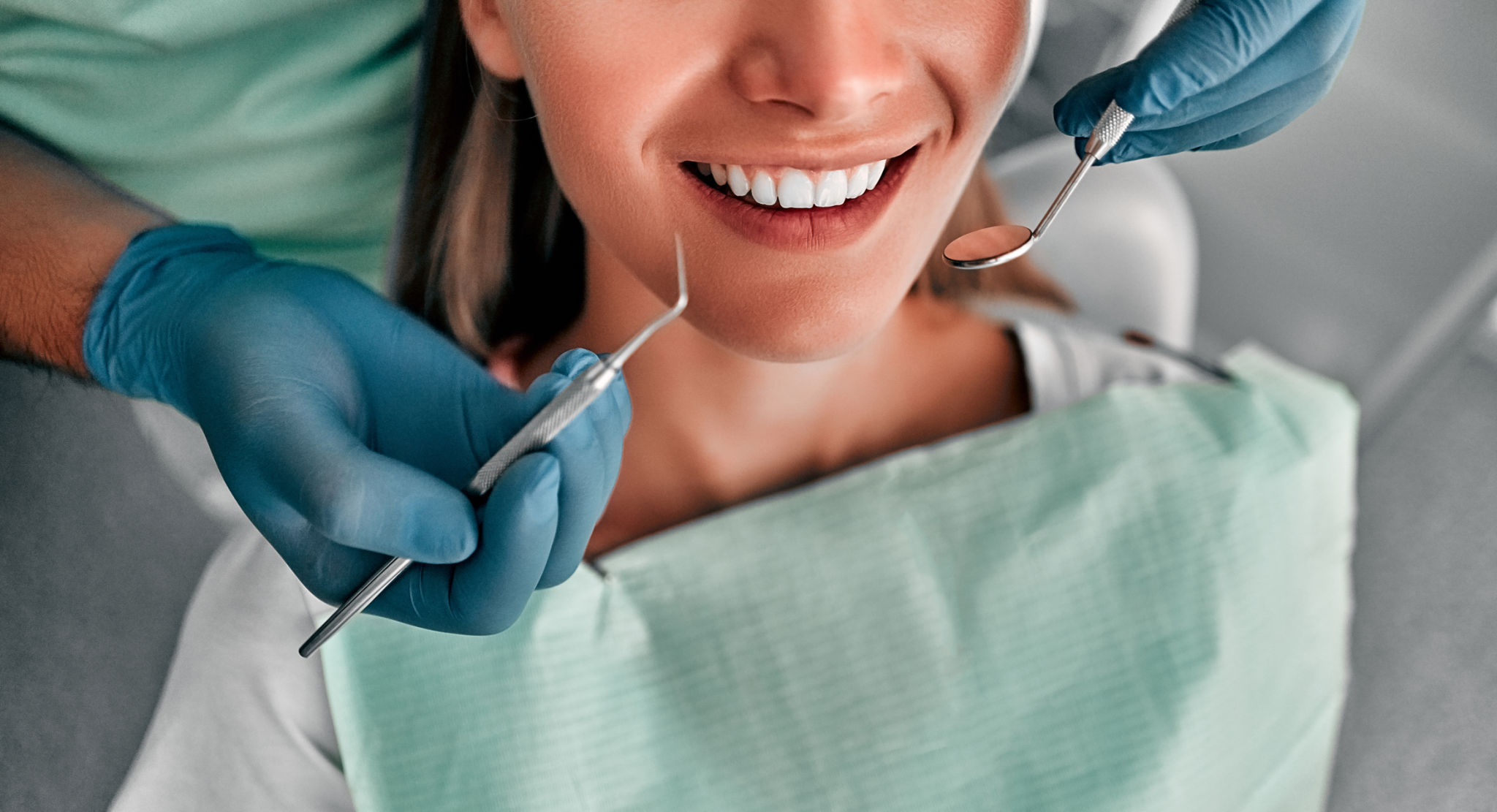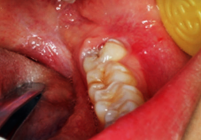
18 May WHAT HAPPENS IF YOU DON’T GET WISDOM TEETH REMOVED

Fully impacted wisdom teeth are retained within the gums or in the jaw and are not seen on the surface. A partially impacted wisdom tooth is slightly seeable as a portion of the crown has broken out from the gum tissue. Non-impacted wisdom teeth generally have normal eruption and the crown is fully shown.
What is the Normal eruption of wisdom teeth?
Initiated from tooth germs, wisdom teeth gradually grow and migrate toward the alveolar ridge, where they erupt into the normal position. Normally erupted wisdom teeth occlude properly with their corresponding opposing teeth in the upper or lower dental arch. They are located within the same dental arch curve as the second molars, and the crowns are not covered by any gingival tissue.
The following are six criteria that define a normal position of a wisdom tooth.
- The long axis is perpendicular and within the dental arch curves
- The occlusal plane of a wisdom tooth is consistent with that of the other molar
- Wisdom tooth not malposition nor tilted
- Normal occlusal relationship of the upper and lower wisdom teeth
- The normal dental alveolar septum between the wisdom tooth and second molar
- The gingival margin is attached to the neck of the wisdom tooth

How did it become impacted?
Due to distinct jaw sizes creating insufficient space and the resistance of the surrounding tissues, the eruption of wisdom teeth is impacted resulting in partial eruption or retained eruption.
Wisdom teeth are categorized into two types of tissue impaction.
Soft tissue impaction is when the tooth erupts from the jawbone but is retained or covered by the gum tissue while hard tissue impaction is when the tooth is fully retained by both gums and bone.
What are the types of impacted third molar?
There are four common types of impacted third molars based on the angle or position of the tooth.
- Mesial Impaction is when the third molar is angled anteriorly.
- Distal Impaction occurs when the third molar is angled posteriorly
- Vertical impaction happens when the third molar is positioned correctly to erupt but has soft tissue impaction.
- Horizontal impaction is when the third molar is lying on its side and is enclosed in the gum tissue.

What happens if you don’t get wisdom teeth removed?
Even if impacted wisdom teeth usually induce more issues to oral health, non-impacted wisdom teeth can still cause problems.
Impacted wisdom teeth can cause pain, infection, and harm to other teeth. Wisdom teeth are furthermore challenging to clean. As a result, they’re more predisposed to tooth decay and gum infection. Pain from impaction can also manifest in the jaw, face, and head.
Aside from pain, the consequences of not removing the wisdom teeth are swelling of gum tissue which can be radiated to the jaw or face, redness and bleeding of gums, unpleasant taste in the mouth, bad breath or halitosis, and difficulty opening the mouth completely.
If impacted wisdom teeth are not removed, the teeth may put pressure on the neighboring teeth that can worsen the natural shifting of teeth, thus causing early overcrowding of teeth. Crooked teeth are harder to clean as teeth overlap one another. It can also lead to an increased risk of gum issues and if not removed in a prolonged time, it can worsen the already existing infection to more complicated problems.
Some people have a normal eruption of wisdom teeth, although wisdom teeth don’t need to be removed if the teeth fully erupted normally or in the correct position, both teeth and gums are healthy, bite properly aligned with the opposite teeth, and are cleaned properly.
Conclusion
If a normally erupted wisdom tooth is not extracted it can still cause problems as it is difficult to clean the tooth due to its location and occlusal surface design. The impacted third molar is generally recommended to be surgically removed. An individual should be meticulous in proper cleaning of the third molar, be it erupted normally or impacted. A patient should check with a dentist when experiencing pain due to the third molar for immediate diagnosis and treatment. As early as 18, an individual is recommended to visit a dental clinic to consult their dentist and undergo an assessment or examination of the state of their wisdom teeth. Taking care of teeth is caring for oral health.




